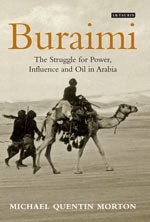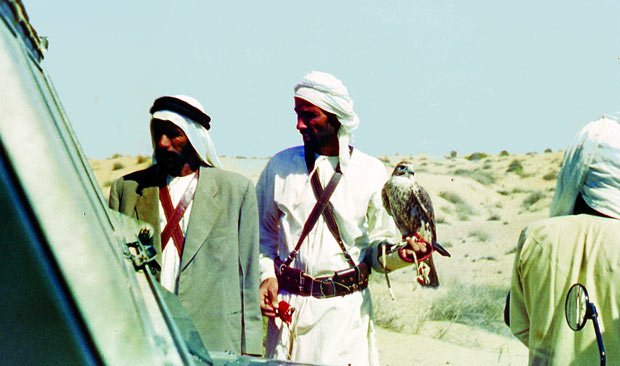Borders, Boundaries, and Buraimi Oasis are human-made constructs. Despite our deep connections to our heritage, culture, and nation, borders are essentially demarcations on maps.
Whether established through conflict, agreements, or natural geographical markers, they often rest on a framework of international law. However, borders and boundaries are essentially products of imagination or, more mundanely, perception.
They lack an inherent existence beyond the human psyche and only manifest when deemed necessary.
Navigating Borders And Boundaries In the Arabian Desert
A unique challenge emerged in the early twentieth century as Britain and America turned their attention to the petroleum potential hidden within the Arabian peninsula’s vast desert sands.
The dilemma confronting early oil explorers was the task of delineating boundaries for an area that lacked distinctive features and where the local inhabitants showed little concern for such demarcations.
This scenario led to a collision of two worlds, where Western notions of territory clashed with the ambiguous boundaries of tribal ranges.
The intricate struggle to draw lines in a landscape devoid of clear markers reflects the complex interplay between foreign interests and the traditional territories of the indigenous people.
Oil Exploration Dilemmas In the South-Eastern Arabian Peninsula
In the vast expanse of the Rub al-Khali, buried beneath the sands of the great desert in the southeastern corner of the Arabian Peninsula, oil companies envisioned a territory abundant in oil resources.
Throughout the 1930s, the pursuit of oil exploration necessitated clearly defined boundaries for certainty. However, this region posed a unique challenge as there were no existing boundaries to guide them.
The bedouin, who roamed freely, migrating their flocks based on rain patterns, exhibited little concern for what lay beneath the ground, aside from water sources.
Their loyalty lay with the strongest leader, and the Western concept of property ownership held no significance for them.
The mapping of territories on paper seemed meaningless to them, as the extent of grazing lands and the influence of their leaders determined the boundaries of their land, rather than legalities or written agreements.
Geologists grappled with overcoming misunderstandings arising from undefined borders, boundaries, and incomplete maps in an era predating satellite navigation. The maps utilized by oil companies proved virtually ineffective.
Tom Barger, an early geologist, described the process as someone in an office consulting a bedouin, noting down place names on a map in a scattered fashion, aiming to minimize blanks for aesthetic appeal rather than geographical accuracy.
Also Read: Floods in Bosnia
Territorial Disputes And Power Struggles
The Critical Role of Borders And Boundaries in Shaping the Future of Arabian Oil (1930s-1950s)
The resolution of boundaries was not a whimsical debate; the fate of the Arabian oil industry hinged on its settlement.
In the 1930s, a nascent kingdom, Saudi Arabia, aspired to claim the entire peninsula, citing historical ‘rights’ acquired through conquest and tax collection.
The British, holding sway over the foreign policies of their proteges—the Gulf sheikhdoms and Oman—relied on treaties and precedent.
The oasis of Buraimi took center stage in 1952 when tensions peaked. The Saudis occupied one of its nine villages, asserting ownership of the rest.
British-led forces intervened three years later, expelling the Saudis and restoring the status quo. Abu Dhabi (now part of the UAE) retained six villages, while Oman held onto three.
Aftermath of the Buraimi Affair in Arabian Relations
Despite the 1974 Treaty of Jeddah, the Buraimi affair still strains Saudi-UAE ties. 2009 Saudi border measures sparked delays, officially tied to smuggling concerns. Doubts lingered.
In 2010, a UAE navy-Saudi clash underscored regional unease. Kept private, these incidents reveal ongoing discord in this pivotal Gulf region.
Buraimi’s Impact: Shaping the Destiny of the UAE and Oman amid Regional Challenges”
The UAE and Oman rulers, grappling with the Arab Spring and a nuclear Iran, may consider solidarity.
In 1955, the British expulsion of Saudis preserved the status quo, enabling the UAE and Oman’s modern states to emerge.
Without this intervention, Saudis might have expanded from Buraimi, potentially unifying the peninsula.
The concept of a United States of Arabia isn’t far-fetched. The absence of Buraimi made a pivotal difference, shaping the region’s trajectory.

Michael Quentin Morton is an independent writer and researcher. He authorizes the new book Buraimi: The Struggle for Power, Influence and Oil in Arabia.


